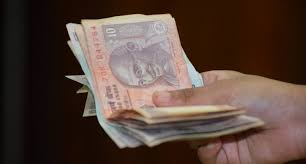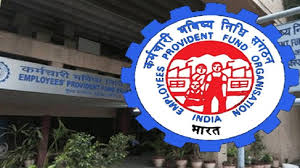India has long been a cash economy and cash still remains a well-established and widely-used payment mode. While the government’s push to increase awareness about digital payments accompanied by the continuous effort by banks to register merchants to join the digital payments ecosystem has led to a rise in the number of digital transactions, cash still rules in India as it is a convenient mode of transaction mainly for citizens living in semi-urban and rural areas. It is the bedrock of daily existence because of the lack of alternatives, the universality of acceptance and the absence of transaction cost.
The pandemic has triggered many households towards hoarding cash and has resulted in the currency to GDP ratio increasing to pre-demonetisation levels of 12% in 2019-20, according to the 2019-20 annual report of RBI. Since March 2020 the currency in circulation has risen to Rs 26.9 lakh crore, which is a hike of 10% since the lockdown began. Additionally, the preference for cash has seen growth in currency held with the public (CwP) accelerating from 11.3% as on February 28, 2020 to 14.5% at end-March and to 21.3% by June 19, 2020. The currency to bank deposit ratio also shot up from its decennial average of 15.1% to 16.3%. The report also states that the pandemic pushed people to ‘rush to cash’ which resulted in the increase of GDP ratio to pre-demonetisation level of 12% in 2019-20 from 11.3% a year ago.
With this, we can say that because of the ease of usage, widespread availability and acceptance and no cost to the consumer, cash continues to play a significant role in payments across geographical, socio-economic and sectoral divides. This makes cash transactions the backbone of the Indian economy, mostly in the semi-urban and rural areas where cash is still the dominant mode for transaction as the acceptance ecosystem for digital payments is still underdeveloped.
With the growth in cash withdrawals from ATMs over the past five years, India is next only to China in terms of the cash withdrawals from ATMs. But India’s ATM penetration relative to population is one of the lowest amongst the emerging markets and less than a fifth of the ATMs are in rural areas.
While the overall ATM numbers have marginally reduced, the deployment of White Label ATMs have increased. The ATM industry in India has seen a decrease of 90 ATMs in the quarter ending June 2020 as compared to the previous quarter. However, White Label ATMs (WLAs) have observed an increase of 193 ATMs in the same period. This increase in the ATM deployment is largely in the remote geographies which signify the dependency on cash and cash being the pivot of growth in the economy. Thus, the deployment of ATMs serves to extend the reach of banking services especially in the semi-urban and rural areas and is contributing to greater financial inclusion.
With the innovation in technology, the ATM industry is moving towards Cash Recycling Machines (CRMs), card-less cash withdrawals, contact-less cash withdrawals and Aadhaar enabled biometric authentication, making the ATM a digital touch point that offers a host of banking facilities enhancing safety and convenience for the customer. With the increase in WLA deployments, the deployment of CRMs at WLAs and with cash deposit interoperability, it will further improve the ATM penetration levels in the country especially in rural and semi – urban regions providing easy access to banking services. This will also help and support the government in achieving its financial inclusion vision.
While the digital interface in banking has grown considerably and is noteworthy, cash remains an equal catalyst in bridging the traditional versus digital divide while driving financial empowerment for the masses.





































